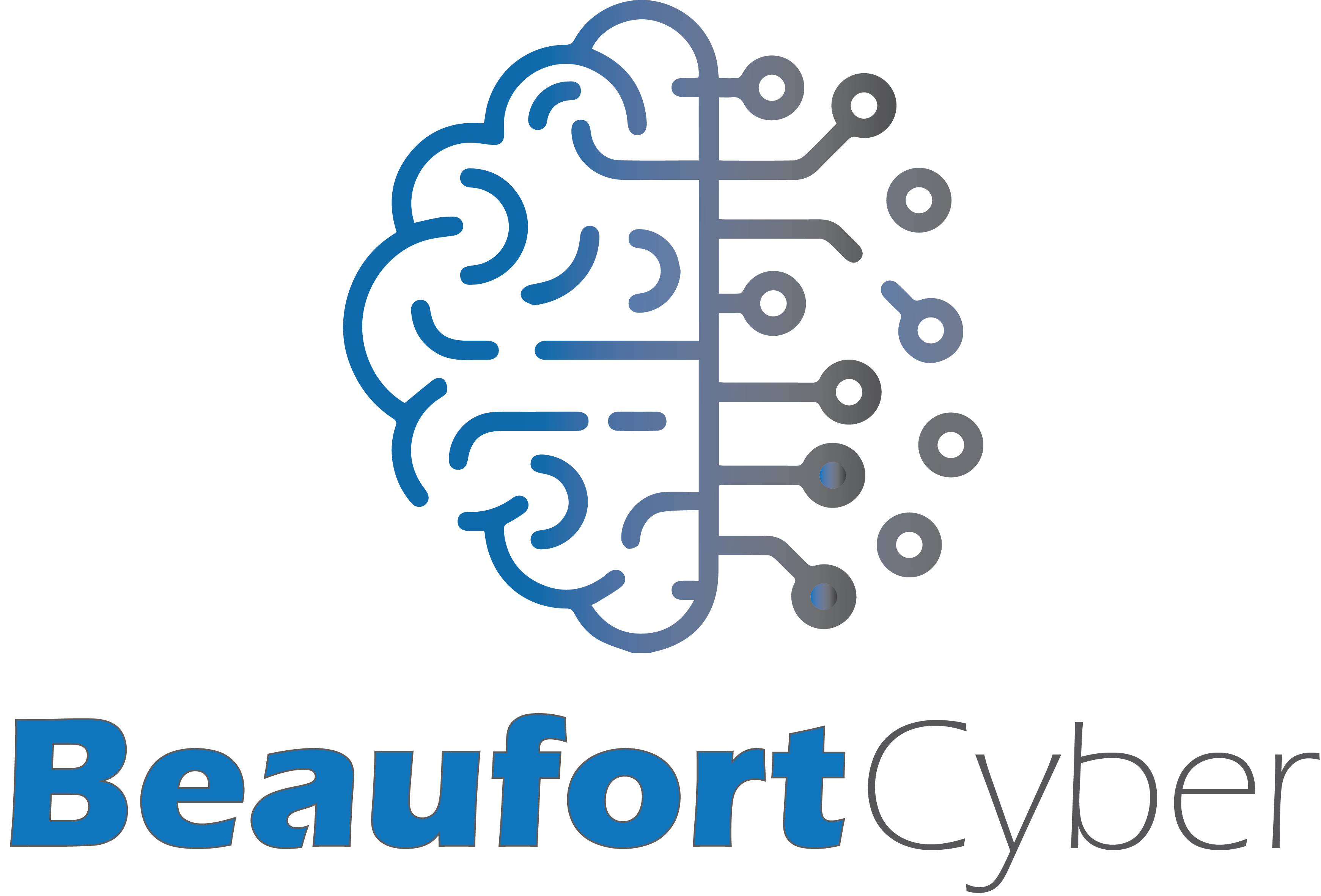Ensuring Compliance & Trust in Software Solutions
By Beau | Category: Technology & Security
No Comments
In today’s fast-paced technological landscape, ensuring compliance and maintaining trust in software solutions is more crucial than ever. With increasing regulatory demands and an ever-expanding threat landscape, businesses must adopt practices that protect both user data and ensure legal compliance. This article explores key considerations and strategies for building trustworthy and compliant software systems.
Understanding Compliance in Software Solutions
Compliance refers to adhering to laws, regulations, and standards that govern how data is collected, stored, processed, and shared. In many industries, this includes regulations such as the General Data Protection Regulation (GDPR) in the EU, the Health Insurance Portability and Accountability Act (HIPAA) in the US, and various industry-specific requirements. Building compliant software means implementing processes and systems that ensure legal and regulatory obligations are met.
Key Compliance Considerations
To build compliant software, consider the following areas:
- Data Protection: Ensure that all user data is securely stored and encrypted to prevent unauthorized access or data breaches. This includes using encryption protocols and secure cloud storage solutions.
- Audit Trails: Implement tracking and logging mechanisms that record all user interactions and system changes for auditing purposes. This helps demonstrate compliance in case of investigations or audits.
- Consent Management: Obtain clear consent from users before collecting or processing their personal data. It is essential to allow users to manage and revoke consent as needed.
- Third-Party Vendor Management: Ensure that any third-party services or vendors you integrate with your software also comply with relevant regulations and standards.
Building Trust in Software Solutions
Trust is a critical factor when it comes to user adoption and long-term success in the software industry. Building trust involves not only meeting legal requirements but also demonstrating transparency, security, and ethical practices.
- Transparency: Clearly communicate how user data is collected, used, and protected. This includes having an accessible privacy policy and terms of service, as well as keeping users informed about any data breaches or policy changes.
- Security: Implement robust security measures such as multi-factor authentication (MFA), data encryption, and regular security audits to safeguard user information and prevent cyber threats.
- Accountability: Demonstrate accountability by addressing any compliance violations or security incidents swiftly and transparently. This helps rebuild trust with users and regulators.
Automating Compliance Checks
To reduce the risk of human error and ensure continuous compliance, many businesses are turning to automated compliance tools. These tools can help monitor and enforce compliance policies in real-time, from GDPR audits to risk assessments. Automation ensures that compliance checks are consistent and up to date with evolving regulations.
Benefits of Automation
- Reduced Risk: Automated tools help identify and mitigate compliance risks before they become problems.
- Efficiency: Automation saves time and resources by streamlining compliance checks and reducing the need for manual intervention.
- Continuous Monitoring: Automated solutions can provide continuous monitoring to ensure that your software remains compliant as regulations change.
Building A Culture of Compliance and Trust
It’s important to foster a culture of compliance and trust throughout your organization. This starts with leadership, who must set an example by prioritizing ethical practices and ensuring that employees are well-trained in compliance requirements. Incorporating compliance into your software development lifecycle and engaging with legal and security teams regularly will ensure that your software remains compliant and trustworthy.
“Compliance and trust aren’t just about avoiding legal penalties — they’re essential to building long-term, successful relationships with customers.”
By integrating compliance and trust into every stage of your software solution development, you’ll not only meet legal requirements but also establish yourself as a company that values user privacy, security, and ethical standards.

